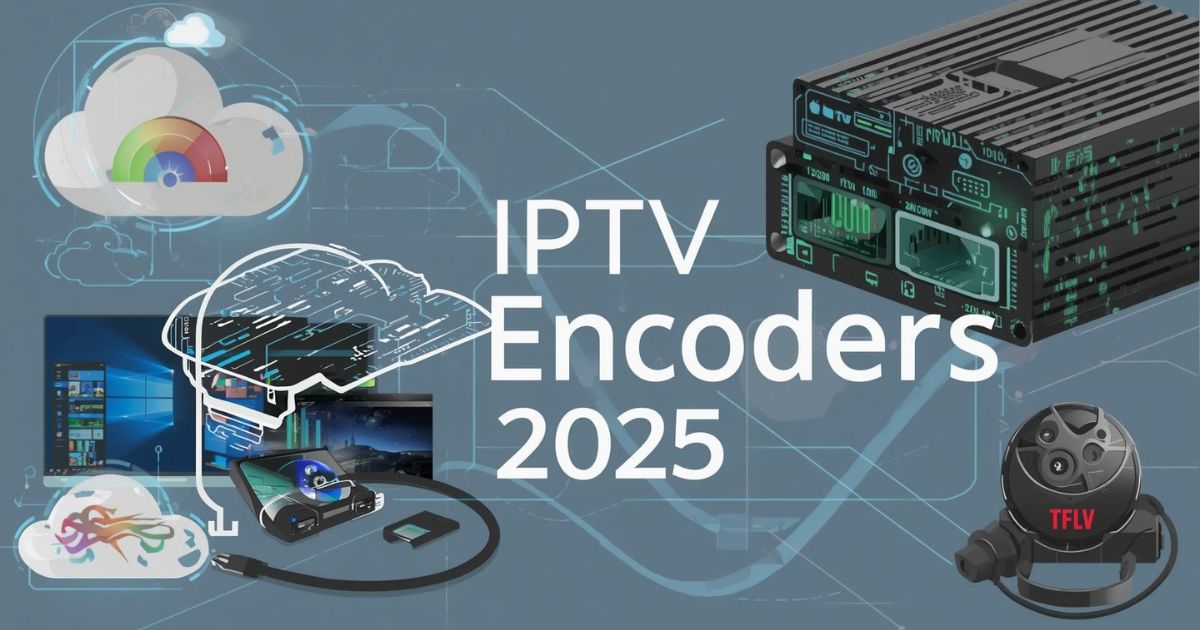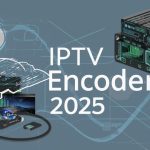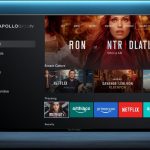
IPTV streaming needs special equipment called encoders that change raw video from cameras into smaller digital files for sending over the Internet. These devices take big uncompressed video files and make them into compressed formats that work well on smartphones, tablets, and smart TVs without using too much Internet speed.
Modern encoding hardware uses H.264 technology to keep video quality good while making file sizes small enough for streaming. Whether you need one channel or many channels for your business, these IPTV encoders help send live content to web browsers and TV devices with low delays, making sure viewers get smooth playback on any device they use.
What is an IPTV Encoder?
An IPTV encoder serves as the bridge between raw video content and streamable digital formats. This equipment accepts various sources like HDMI feeds from cameras or set-top devices, then converts the signal into compressed MPEG or H.264 formats suitable for Internet transmission. The encoding process involves sophisticated compression standards that maintain high-quality output while reducing bandwidth consumption for efficient distribution across broadband networks.
Modern encoders support multiple audio codecs and resolutions up to 3840x2160p at 60fps, enabling businesses to distribute content to hundreds of viewers simultaneously. These devices work with various streaming protocols like UDP, RTP/RTSP, and HLS, allowing users to watch programs on different platforms from desktops to mobile devices. The technology enables live broadcast capabilities alongside on-demand content delivery, making it essential for enterprises seeking optimal performance in their television distribution systems.
How Does an IPTV Encoder Work?
The IPTV encoder working principle starts when it receives a raw video signal from your source – whether it’s a camera, DVD player, or satellite feed. The system first accepts this signal through HDMI inputs and immediately begins the conversion process.
During encoding, the device compresses the massive raw content using H.264 or H.265 compression standards. This process converts gigabytes of video data into manageable file sizes without losing quality. The encoder simultaneously processes audio using AAC or AC3 codecs while maintaining synchronization.
Next, the system packages this compressed stream into MPEG transport containers. The encoder then transmits these packages over your network using TCP/IP protocols. Modern encoders support multiple streaming protocols like UDP, RTP/RTSP, and HLS simultaneously.
The distribution phase enables content delivery across Internet or LAN connections to set-top boxes and devices. Professional encoders include built-in servers that can handle hundreds of consecutive viewers while maintaining low latency. The entire process happens in real-time, allowing live content to reach viewers within seconds.
Essential IPTV Encoder Features and Specifications
- Modern encoders must support high-quality formats with adjustable encoding settings for optimal performance across different viewing devices and platforms.
- MPEG-2 remains essential for compatibility, while 4K capabilities at 3840x2160p 60fps ensure future-proofing for advanced television broadcasting requirements.
- Contemporary encoder equipment requires dual inputs for stereo processing with clear sound delivery to enhance the viewer experience significantly.
- Streaming options include multi-bitrate adaptive technology that automatically adjusts based on available bandwidth consumption patterns for smooth playback.
- QIP-HDMI 2 encoder models offer simultaneous streaming to multiple platforms for broader reach and better content distribution capabilities.
- CDN delivery systems help reach customers across vast distance networks, while middleware provides the essential ability to manage subscribers effectively.
- Technical support and solid performance ensure reliable operation with intuitive controls and simple interfaces for easy user management.
What is an IPTV Decoder?
An IPTV decoder serves as the essential converting mechanism that transmits streamed digital Protocol signals into viewable content, eliminating the strain of complex cable infrastructure while enabling seamless storage and recording capabilities for speed-optimized transfer operations.
Most Common IPTV Decoder
Set-top boxes and Smart TV models serve as the most compatible decoders for home users, while computer-based solutions decode streams directly. Professional television systems prevent piracy through coded signals that require specialized decoders to play content without unauthorized access or viewing issues.
IPTV Encoder vs Decoder: Key Differences
Encoders compress and convert video into streamable formats for distribution. Decoders reverse this, decoding IP packets for display on television monitors. Enterprise units feature gigabit connectivity with dual power supplies, while consumer boxes remain inexpensive. Encoders create multiple versions supporting unlimited desktops and mobile applications through continuous stream optimization using AVC standards.
| Component | Function | Output |
| Encoder | Compresses media | IP stream |
| Decoder | Decodes packets | Television signal |
How to Set Up an IPTV Encoder
Setting up an IPTV encoder requires understanding your business needs first. Expert professionals recommend starting with basic requirements – determine if you’re serving small offices or large enterprises with hundreds of rooms. The essential role involves compressing media content into streaming formats.
Modern encoders work by taking traditional television signals and transcoding them for Internet distribution. Users can control adding logos, watermarks, or overlays through comprehensive interfaces. Effective setup depends on your broadband limitations and performance objectives.
Key considerations include scalability options for growing businesses. Popular models offer multiple audio redundancy and efficient cooling systems. Investment in industry-leading equipment ensures continuous optimization without latency issues affecting viewers’ experience.
Final Thoughts
After years of helping businesses navigate IPTV solutions, the investment in quality encoders proves essential for effective broadcast operations. Modern options like Vecaster and Jtech-Ench4 models distribute premium content while maintaining user-friendly interfaces that depend on your specific objectives.
However, if you are a new business or consumer to IPTV? You must visit USA 4k LIVE IPTV for the best subscription plans with 24/7 technical support.
Frequently Asked Questions
What is the Best IPTV Equipment for Home and Business setups?
Different Applications require varying scales – Enterprises with hundreds of hotel rooms need high-end display units, while small offices pursue basic requirements. Expert guidance helps determine the best Content channels and key equipment for optimal performance across locations.
What Equipment Do You Need to Start an IPTV Service?
Essential transcoder units compress and change format for effective consumption. Your plan should depend on targeting the majority of users or specialized suites. Indispensable interface design defines user experience, while the Web platform standard ensures better internet/LAN distribution through coders. Explore more for the pricing of IPTV in the USA.
What is an IPTV Encoder Used For?
Decoding television signals into a play-ready format for Internet broadcast. Traditional on-demand users experience reduced latency through dedicated STB performance. Stored server content reaches viewers who watch favorite videos via communications software, breaking predetermined Television schedules.







